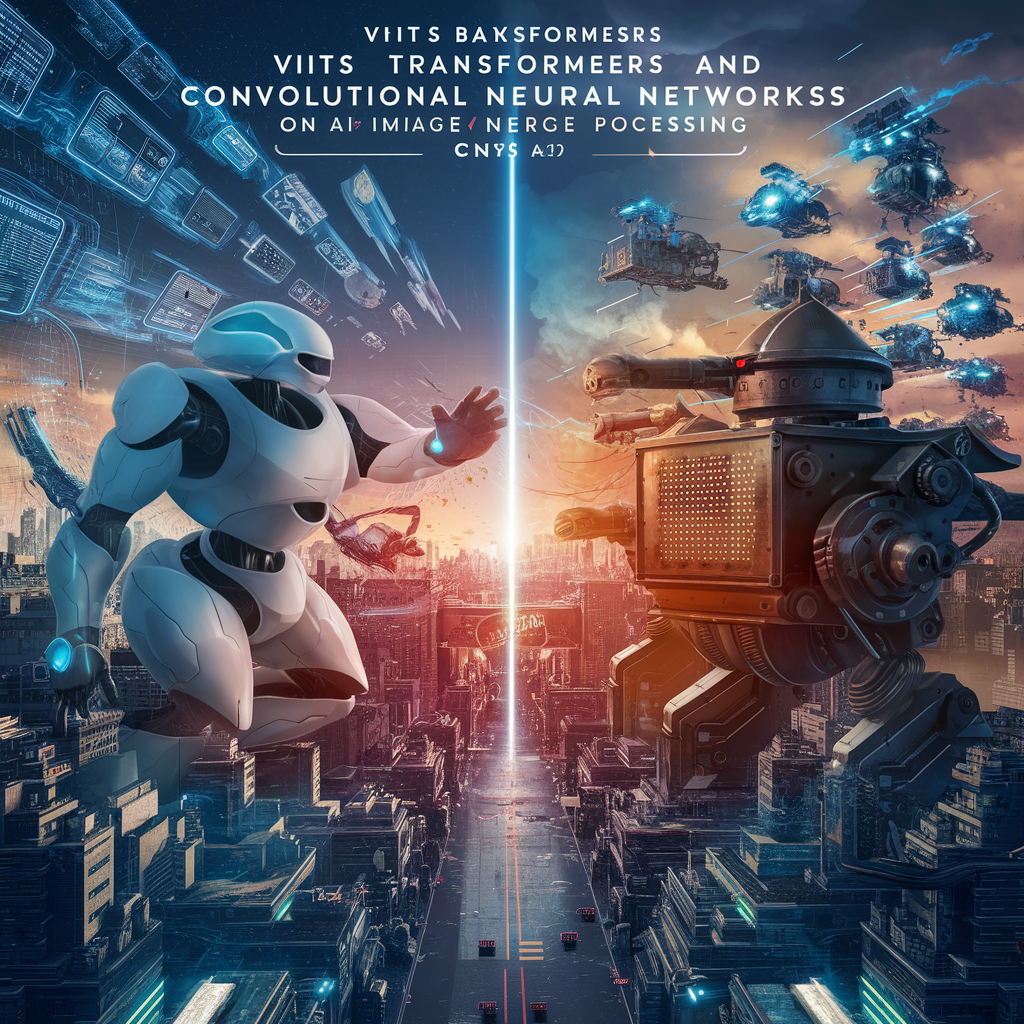

Vision Transformers (ViT) and Convolutional Neural Networks (CNN) have emerged as key players in image processing in the competitive landscape of machine learning technologies. Their development marks a significant epoch in the ongoing evolution of artificial intelligence. Let’s delve into the intricacies of both technologies, highlighting their strengths, weaknesses, and broader implications on copyright issues within the AI industry.
The Rise of Vision Transformers (ViTs)
Vision Transformers represent a revolutionary shift in how machines process images. Originating from the transformer models initially designed for natural language processing, ViTs have adapted the transformer’s architecture to handle visual data. This adaptation allows ViTs to treat an image as a sequence of non-overlapping patches, which are then transformed into vectors processed by the transformer framework. This methodology enables ViTs to capture global information across the entire image, surpassing the localized feature extraction that traditional CNNs offer.
Convolutional Neural Networks (CNNs)
CNNs have been the cornerstone of image-processing tasks for years. With their architecture built around convolutional layers, CNNs excel in extracting local features from images. This ability makes them particularly effective for tasks where such features are crucial. However, the advent of ViTs has challenged their dominance by offering an alternative to comprehend more complex and global patterns in visual data.
Comparative Analysis: ViT vs. CNN
The key differences between Vision Transformers and Convolutional Neural Networks:

The Copyright Conundrum in AI Image Processing
As both technologies advance, they also bring to light the significant issue of copyright within AI. Using copyrighted images in training datasets poses legal and ethical challenges that increase as these technologies become more capable and widespread. The legal ramifications are considerable, with cases such as the January 2023 lawsuit against Stability AI illustrating the growing concerns over intellectual property rights in the era of transformative AI tools.
Conclusion
The ongoing development of ViTs and CNNs represents a technological competition and a challenge of balancing innovation with ethical and legal constraints. The choice between ViTs or CNNs depends on specific use cases, the nature of the data, and available computational resources. However, the AI community must continue fostering technological developments while addressing the pressing copyright issues accompanying such advancements.
The narrative of ViTs versus CNNs encapsulates a broader discussion about the future of AI. As these models redefine the landscape of image processing, their impact extends beyond technological boundaries to provoke significant legal, ethical, and societal debates.
Sources
- https://www.mdpi.com/2076-3417/13/9/5521
- https://www.researchgate.net/publication/373838559_CNN_or_ViT_Revisiting_Vision_Transformers_Through_the_Lens_of_Convolution
- https://itsartlaw.org/2024/02/26/artificial-intelligence-and-artists-intellectual-property-unpacking-copyright-infringement-allegations-in-andersen-v-stability-ai-ltd/
- https://timesinternet.in/blog/vision-transformers-vs-convolutional-neural-networks/
The post Vision Transformers (ViTs) vs Convolutional Neural Networks (CNNs) in AI Image Processing appeared first on MarkTechPost.